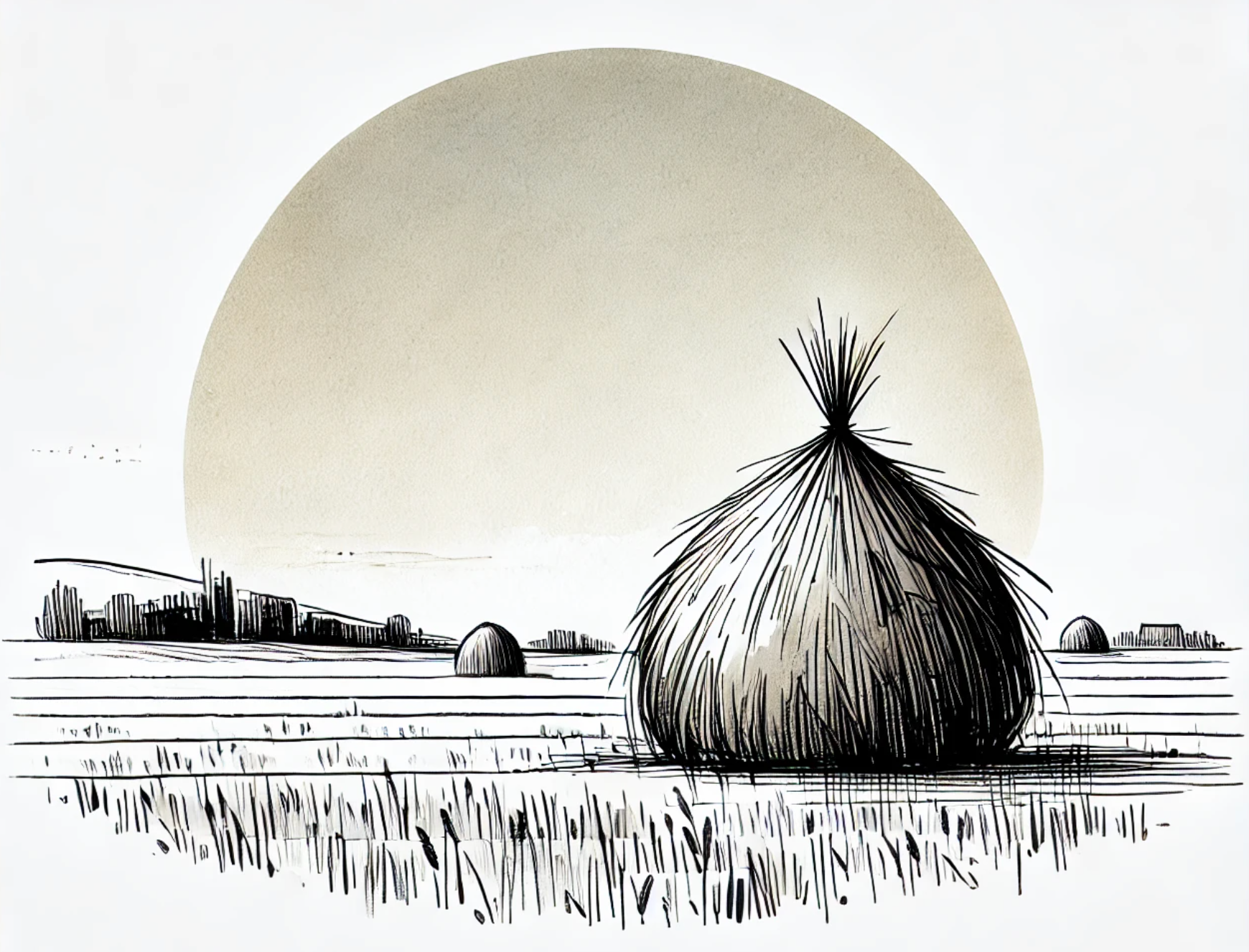The Depths of Curiosity: Why We Must Try to Dive Three Levels Deep

In our fast-paced world, we often settle for the first answer we receive. Whether it’s in a conversation, a book, or a fleeting thought, our minds are conditioned to look for quick conclusions. But true understanding, real, transformative learning, lies beyond the obvious.
Curiosity isn’t just about getting an answer; it’s about challenging that answer, questioning deeper, and embracing the unknown. It is in this pursuit that we unlock serendipity, the unexpected discoveries that only arise when we are willing to explore beyond the surface.
The Illusion of the First Answer
The first answer to any question is usually the easiest one. It is the overarching explanation, the summary, the conventional wisdom that seems to make sense. But it is rarely the full truth. To stop at the first answer is to accept an incomplete picture. It may provide comfort, but it does not provide depth.
Think about how we search for information today. When we Google something, we tend to click on one of the top results, assuming it must be the best answer. But search engine rankings are influenced by algorithms, advertising, and SEO tactics; not necessarily truth or depth. Similarly, when we ask ChatGPT a question, the response might be well-phrased and confident, but it is still just one layer of information. If we don’t ask follow-ups, seek additional sources, or explore counterarguments, we risk taking a partial answer as the full story.
The same principle applies to news consumption. We often read a headline or a single article and assume we understand an issue. But headlines are designed to grab attention, not to tell the whole story. Many articles present a particular angle or narrative, leaving out important context. To truly understand a topic, we must look deeper; exploring alternative sources, examining primary data, and considering multiple perspectives. Only then can we move beyond the surface-level narrative and grasp the complexities of an issue.
The challenge of true understanding
Going deeper requires effort. It forces us to slow down, to sit with uncertainty, and to resist the urge for immediate closure. But this is where the magic happens. When we question the first answer, we begin to uncover hidden connections. We find the nuances, the contradictions, and the subtleties that make knowledge richer and more profound.
This deeper curiosity applies to everything: how we understand people, ideas, history, and even ourselves. Why does someone hold a particular belief? What shaped their perspective? What are the deeper influences behind a certain event? By asking these questions, we not only learn more, but we develop empathy and wisdom.

The Three-Level Rule: a pathway to serendipity
To train ourselves to think deeper, we should develop the habit of going beyond the first answer. The Three-Level Rule is a simple but powerful mindset shift I try to apply:
- First Level: Accept the initial answer as a doorway, not a destination. Acknowledge it, but do not stop there.
- Second Level: Ask “What’s beneath this? What assumptions are here? What other perspectives exist?” This step leads to richer, more meaningful insights.
- Third Level: Go beyond analysis… ask, “How does this connect to something bigger? What does this reveal that I didn’t expect?” This is where true discovery and serendipity emerge.
The joy of deeper exploration
When we cultivate this mindset, life itself becomes more exciting. Instead of passively accepting what we are told, we actively engage with the world. We follow threads of curiosity, chase unexpected connections, and stumble upon ideas and discoveries we never could have planned for.
Many of the best ideas in art, science, and philosophy have come from this kind of deep exploration. Where an initial question led to something entirely new and unexpected. The greatest minds don’t just seek answers; they seek the next question.
Choosing depth over convenience
In a world that rewards speed and efficiency, choosing to think deeply is a radical act. It requires patience, a willingness to sit with uncertainty, and the courage to keep asking. But for those who embrace it, the rewards are endless. True understanding, transformative insight, and the joy of unexpected discovery all await those willing to go beyond the first answer.
So the next time you receive an answer… pause. Ask again. Rephrase the question. Think deeper. Because the most interesting discoveries always lie just beyond what seems obvious.





